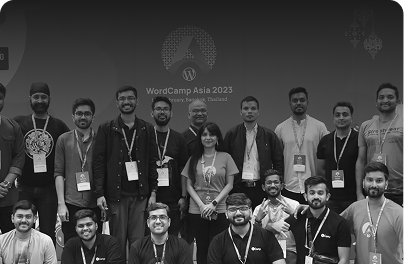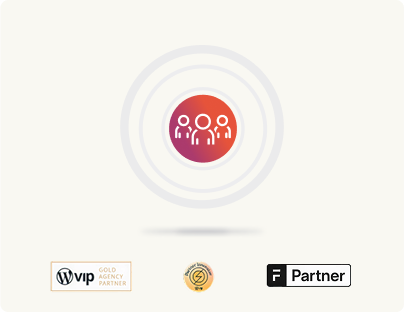Strapi vs WordPress as a CMS: Which is better?
Making an informed decision between Strapi and WordPress as a CMS requires a clear understanding of how Strapi functions as a headless-only CMS versus how WordPress implements headless content delivery in its hybrid and headless implementations.
Your choice eventually comes down to prioritizing developer autonomy with Strapi or embracing the versatility of WordPress’s mature ecosystem.
In this handbook, we’ll delve into how these two approaches translate to your organization’s overall needs for scalability, usability, and content strategy. Whether you’re drawn to Strapi’s developer-first approach or the versatility and mature ecosystem that WordPress naturally extends to its headless implementations, this Strapi vs WordPress as a CMS guide will equip you to make the best choice.
Here are some of the questions we’ll address (and more):
- Which platform is more effective at future-proofing your CMS strategy—Strapi’s headless-first (or rather, headless-only) approach or WordPress’s versatility as both a traditional and headless CMS?
- Where does Strapi fit in the most recent class of CMSs—the “agile” CMSs?
- What are the differences in how headless architectures work in Strapi and WordPress and their impact on your development, content creation, and operational concerns?
- Does Strapi’s developer-first approach end up limiting the ability of cross-functional teams (such as marketing or editorial teams) to fully leverage the platform without technical assistance?
- How well do each platform’s headless solutions integrate with popular frontend frameworks like React, Vue, or Next.js among others?
- How does the developer experience differ between Strapi’s modern backend stack (Node.js, etc.) and WordPress’s PHP-based system in headless setups?
- Does Strapi’s API-first architecture offer performance advantages over WordPress’s REST API and GraphQL integrations in headless setups?
- How does Strapi’s open-source model compare to WordPress’s open-source ecosystem in terms of community support, available plugins, and overall extensibility?
- And above all… could Strapi’s flexibility and complexity actually get in the way of your business goals, such as innovation, agility, and cost efficiency? And does WordPress provide a more balanced approach?
We’ll also look at TCO, security, and scalability, among other considerations.
About rtCamp:
We’re a WordPress VIP Gold Agency Partner. We specialize in building enterprise-scale WordPress solutions. At rtCamp, we also work extensively on headless WordPress implementations.
In fact, we’re even building our very own solution for implementing headless WordPress—check out SnapWP.
We often hear from clients wanting to learn about how WordPress stacks up as a headless CMS—particularly how it compares to leading options like Strapi, Contentful, and Sanity. This handbook provides our perspective on the Strapi vs WordPress as a CMS debate, providing an in-depth comparison of how each platform functions. If you still have questions, book a free consultation. As part of this consultation, we’d also offer up to 20 hours of free scoping to evaluate your needs and propose a headless WordPress solution if it would be better suited for your needs.







